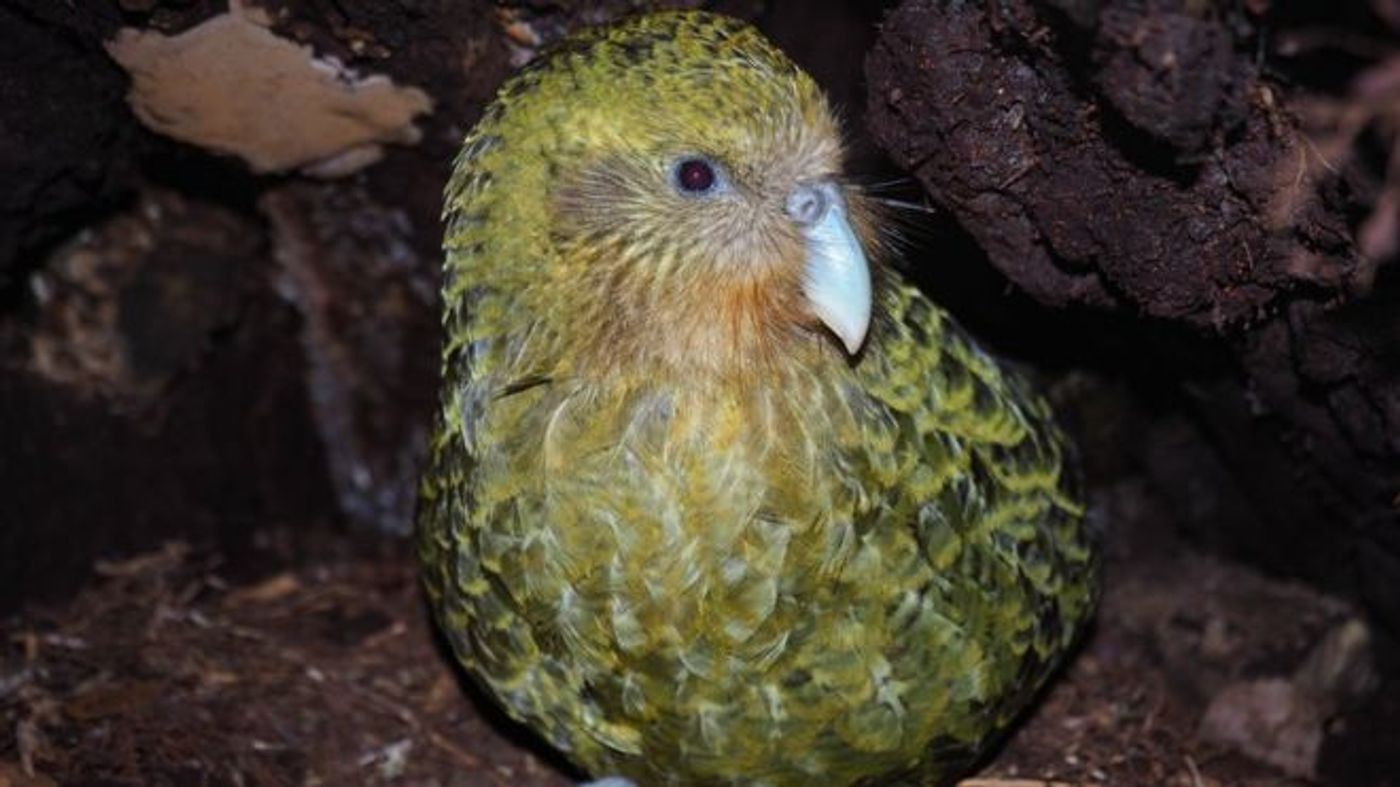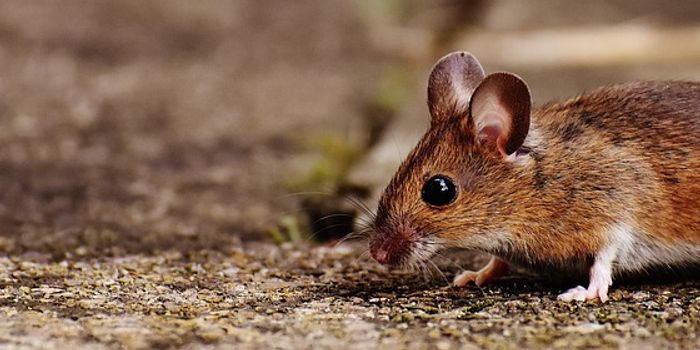New Zealand's Kakapo Parrot Sees Best Breeding Season on Record
Good news for all those animal lovers out there: the New Zealand Department of Conservation claims that the kakapo parrot (also widely renowned as the world’s ‘fattest’ parrot species) has just experienced what’s being touted as the ‘most successful’ breeding season ever recorded.
Image Credit: New Zealand Department of Conservation
With an estimated 147 adult specimens in existence today, the kakapo parrot is recognized by the International Union for Conservation of Nature (IUCN)’s Red List as a critically endangered species. They were initially thought to have been extinct, but conservationists happened upon a small group of the birds in the 1970s.
Given the species’ seemingly-precarious circumstances, it should come as no surprise to anyone that conservationists moved forward with boosted efforts to support population regrowth. Fortunately, it now seems that those efforts are working.
According to New Zealand’s Department of Conservation, at least 76 chicks hatched during this breeding season, an event that transpires only once every two-to-four years. It’s estimated that 60-75 of those hatchlings will survive and go on to become healthy adults, and that’s purportedly more than double the yield of the last breeding season in 2016.
As you might come to expect, the news is being met with praise, not only by conservationists but by local wildlife lovers who want to see the eye-catching species thrive in the wild.
The two-to-four-year breeding period can be somewhat irregular, and scientists have been trying to discern how the females decide when it’s time to breed for ages. One theory is that the local rimu berry stimulates fertility and health, and astonishingly, climate change is helping the rimu berry multiply and therefore giving the kakapo parrot a chance to multiply as well.
Related: New evidence for climate change-driven extinction in tropical birds
The female plays a critical role in the breeding process. Not only does she indicate to the males when she’s ready to mate, but once the deed is done, the male is essentially kicked to the curb as the female independently incubates the eggs and cares for the resulting chicks.
Regardless of gender, conservationists keep close tabs on all the kakapo parrots with the help of GPS-trackable radio transmitters, ensuring that conservation efforts go according to plan and that the species is on track for population revival.
"I can log online and see what they're doing, see who they've mated with, how long for, and even the quality of the mating," explained Dr. Andrew Digby, an advisor for the New Zealand Department of Conservation. "It's probably one of the most intensively managed species in the world, certainly in New Zealand."
"The aim of our program is for every child to grow up knowing what a kakapo is, just like an elephant or a lion," Dr. Digby concluded.
Related: Bird beak shapes not influenced by feeding behavior, study suggests
As it would seem, things are looking up for the kakapo parrot, especially since it was once thought to be an extinct species. One can only hope that the conservation efforts will continue to be as successful as they have been.









